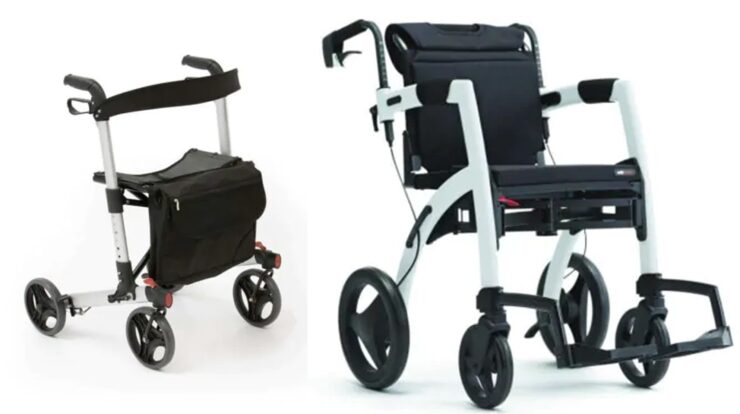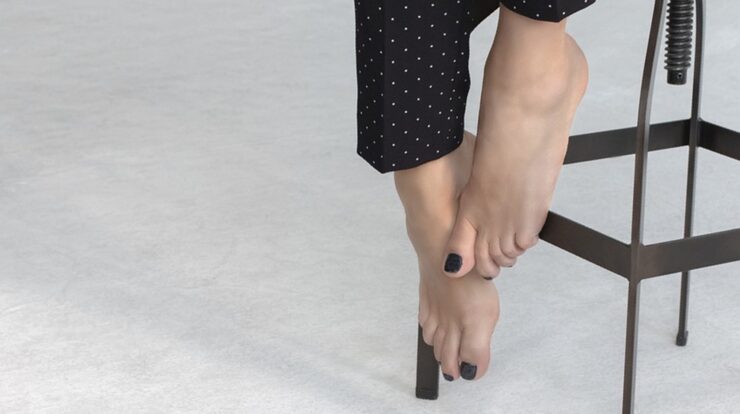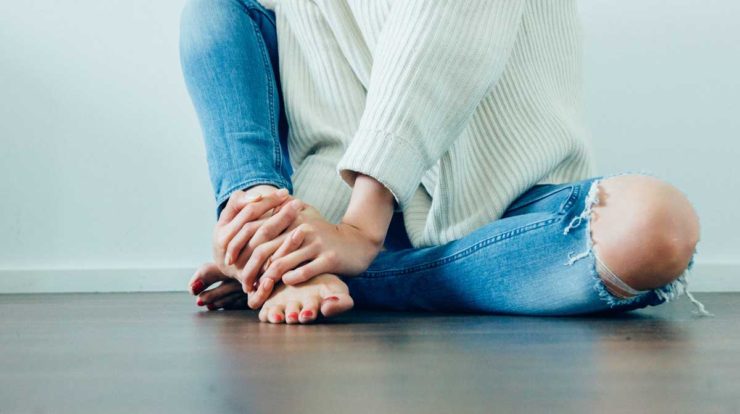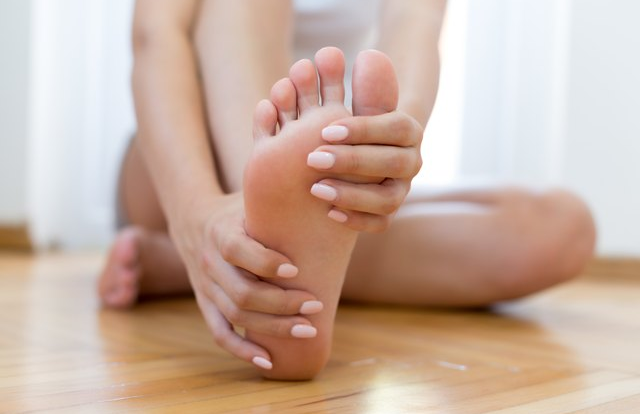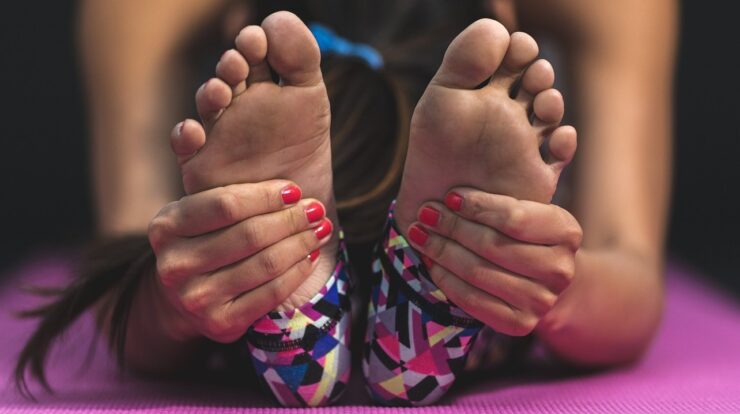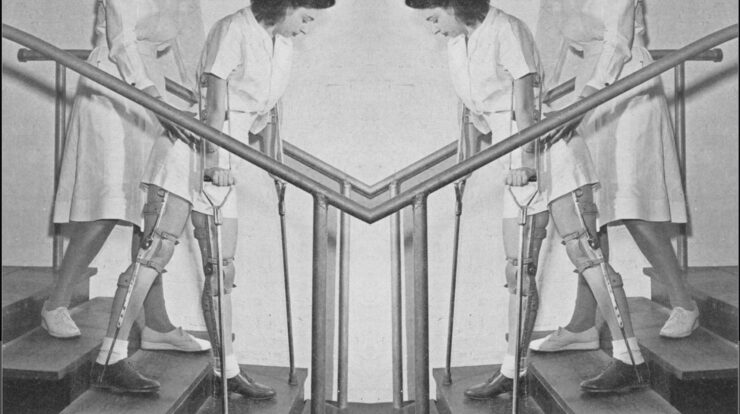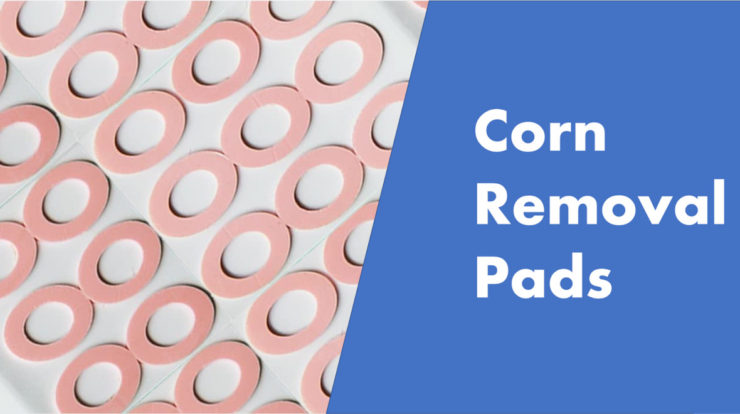
Is the corn on your feet causing trouble? Do you want to get rid of them quickly and effectively? Then, read further.
Before we begin with the treatment for corns or how do corn removal pads work, let’s get some insight into corns, what happens if left untreated, and a brief on corn removal pads.
What is corn?
Corns are a thick layer of skin on the feet. They are also called helomas. Corns form on the feet due to various reasons. Corns feature a thick center surrounded by inflamed skin.
Corns can develop in any part of your feet. Usually, on the top and sides of the feet, which doesn’t bear much weight.
Corns tend to be painful when pressed. This thickening of the skin is one of the ways for the skin to protect itself. It forms a conical protrusion due to the pressure on the feet.
The skin hardening protects the tissue under the skin. Fortunately, there are ways to treat corn.
What happens if corn is left untreated?
Treating an ailment is imperative. Corns are to be treated before they become painful. However, if they are left untreated, they can cause a range of complications:
1. The first thing that can happen if the corn is left untreated is an infection. In an infection, the bacteria can spread and reach the joints or bones, causing septic arthritis and osteomyelitis.
2. Change in posture can be the subsequent effect of untreated corn. When you are in pain, you may tend to change your body posture or alignment. This change may disrupt your natural stance and cause knee or back pain
3. Nerve damages are a common symptom seen in people with diabetes. This will leave the people with diabetes unaware of minor cuts or even corns. Minor scratches can result in more severe consequences if left untreated.
What are corn removal pads?
Corn removal pads are those that help you relieve the excess pressure around the corn on your feet. They are a medium-sized medicated strip designed to go over the corn. These strips burn the center of the corn, thereby relieving you of the pain.
The strip is to be left dry for 2-3 days. You can purchase the corn removal pads online or at stores. They are available in various materials like felt, moleskin, foam.
The corn pads are usually doughnut-shaped, which helps distribute the pressure evenly on the surface of the corn.
The corn removal pads also come with an adhesive backing, which helps them to stick firmly to the surface of your feet.
Are corn removal pads safe?
While we talk about corn removal pad as a solution to treat corn on the feet, the first question that appears in our mind is safety.
If you’re wondering how safe is these corn pads, then your answer is here- the corn removal pads are easy to use. They contain salicylic acid; this makes it a bit difficult for the person who uses it.
The salicylic acid doesn’t differentiate between healthy skin and corn. Salicylic acid may sometimes result in the breaking down of the typical structure of the skin. People who have diabetes can opt to visit a podiatrist to avoid complications.
How do corn removal pads work?
Here are a set of 9 steps to show you how corn removal pads work:
Step 1: The first step in using the corn pad is to apply it correctly. To do this, you must first clean and dry the corn area, ensuring that the corn removal pad sticks to it firmly. If the corn pad doesn’t stick properly to it, there is a chance of it falling off or may even come in contact with healthy skin, resulting in complications.
Step 2: the second step is to remove the adhesive tape from its back. The corn removal pad work similar to a band-aid, and the adhesive tape at the back is removed. Remove the backing strip altogether and discard it.
Step 3: The third step is to place it on the corn. The circular portion of the corn pad is to be placed on the corn. After putting it on the corn, press it slightly for it to fix firmly to the skin. This circular cap contains silicone gel, the protective covering for the corn. In the case of a medicated strip, the gel flows into the corn directly.
Step 4: The next vital step to do is to leave the corn cap for two days. Make sure to reapply the corn pads every two days for two weeks.
Step 5: After you apply the corn pads, it is essential to check for allergic reactions. Some of the allergic reactions include rashes, itchiness, soreness, and discomfort. The reactions can be mild or severe.
Step 6: Consulting a physician: If you feel the corn pads are ineffective, consulting a physician is the best advice. The physician will advise you of a further course of action.
Step 7: Storing the corn pads- Store corn pads at temperatures below 30 degrees Celsius. When corn pads are stored above this temperature, the corn pad may lose their effectiveness. Also, it is essential to keep the corn pads away from direct sunlight.
Keep the corn pads out of the reach of children for their safety. The salicylic acid on the corn pad can prove harmful to children if contact with their skin. Check the expiry date of the product before use.
Conclusion
The corn pads are a wise thing to use for people who do not have sensitive skin. The best way to prevent corns is to wear comfortable shoes, use proper padding.
It is also imperative to clean the foot and toenails properly to avoid corn on your foot. Moisturizing the feet can help prevent dryness in the feet and also to prevent corns.
In case of painful corns, it is always better to visit a doctor.

